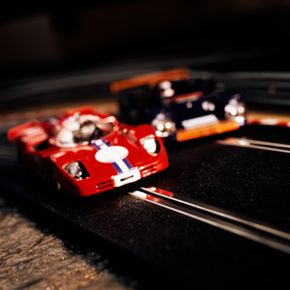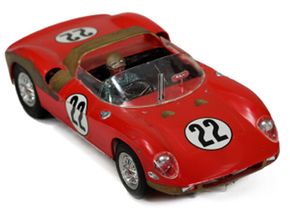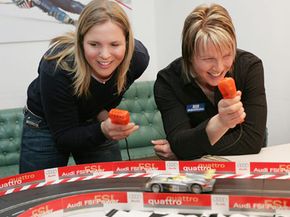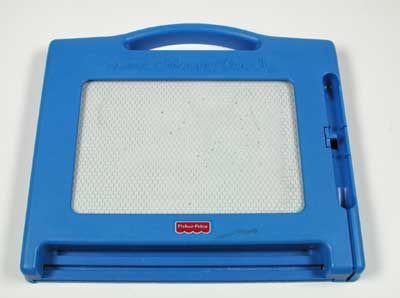In the 1960s, America was in the midst of a cultural revolution, a war, finishing out a space race and starting a civil rights movement. Although much less historical in nature, an interesting hobby was beginning to form during that time as well: slot car racing. Now, decades after the slot car craze hit the United States, many enthusiasts still consider it as their hobby of choice.
Advertisement
Slot cars are miniature scale model cars that race along a fixed track. The "slot" in the name comes from shallow channels or grooves in the track that guide the vehicles through the twists and turns as well as on the straight sections. The grooves are lined with two metal rails that are narrowly separated and set into the track, creating a slot between them. You can purchase a slot car set, which includes all the necessary parts to start racing right out of the box; however, additional track pieces, car bodies, controllers and other various after-market components are available for purchase, too.
Although slot cars gained popularity in the 1960s, it was way back in 1912 when the Lionel Corporation first created the original slot cars. Similar to model trains, these early slot cars sped along a raised track, and racers could increase or decrease the speed of their car by adjusting a switch on the track's power supply.
Slot cars are more than just tiny mock-ups of real cars, some are lovingly built from scratch by slot car enthusiasts and most cars, whether store-bought or hand-crafted, are modified for better performance. Driver skill plays a part in slot car competition, too. Aside from a small guide on the underside of the car, there's really nothing keeping the cars fixed onto the track, so some amount of driver proficiency is required to keep them from flying off in the turns.
To understand how this hobby caught on and why so many are still racing slot cars, let's look at some of the details of this hobby on the next page.
Advertisement




